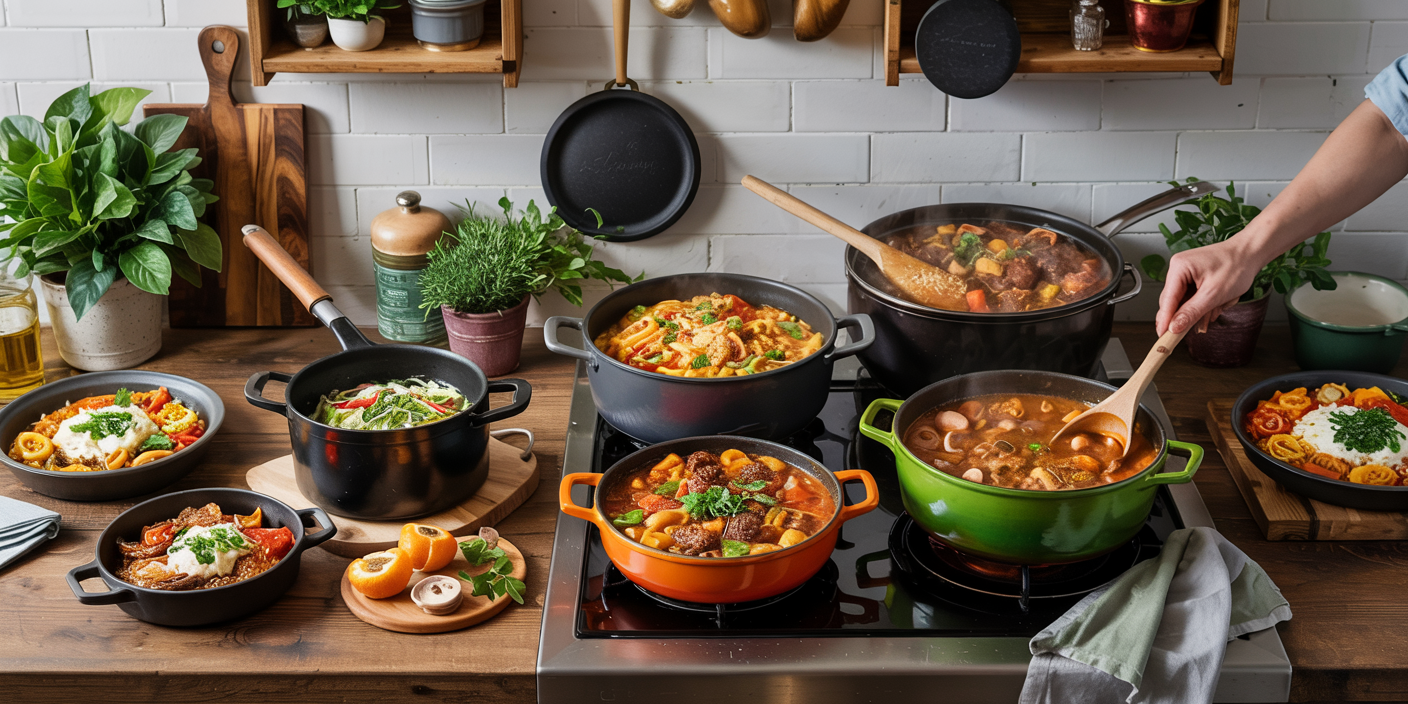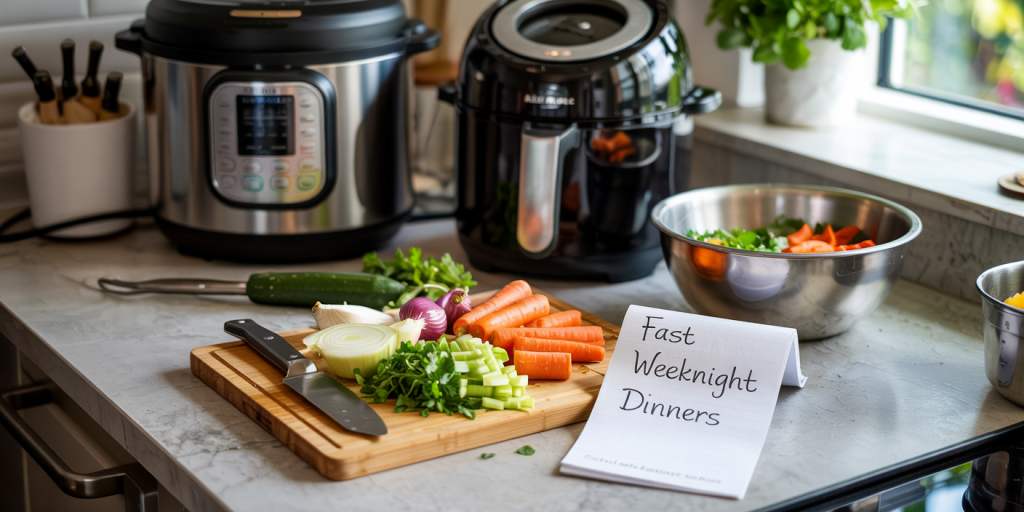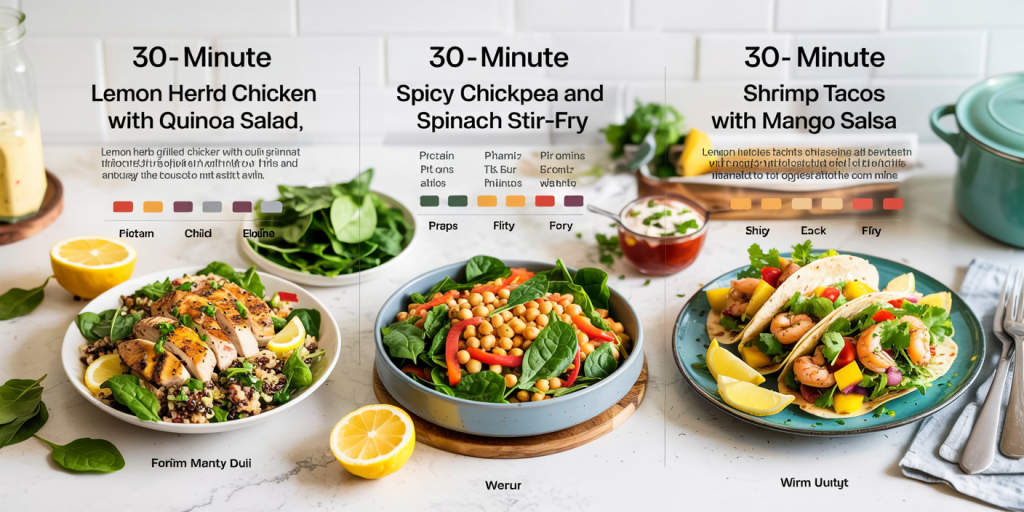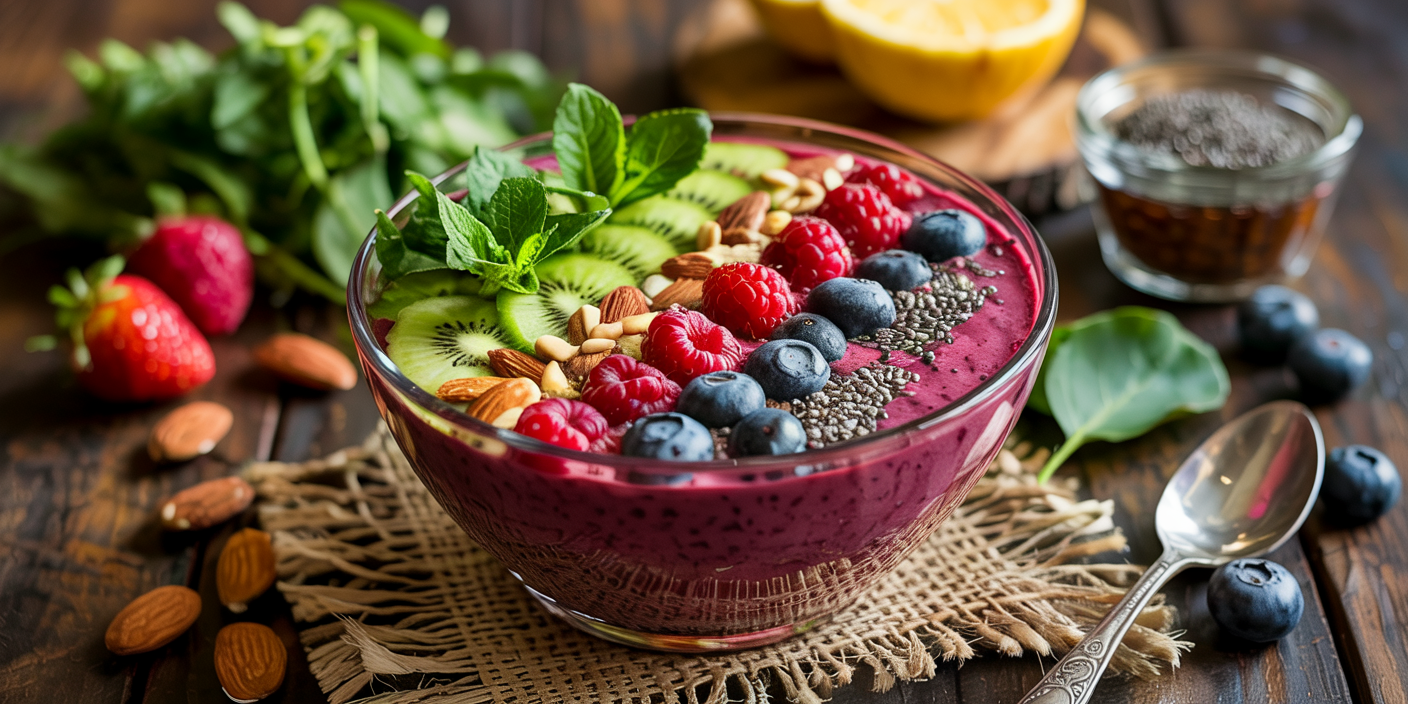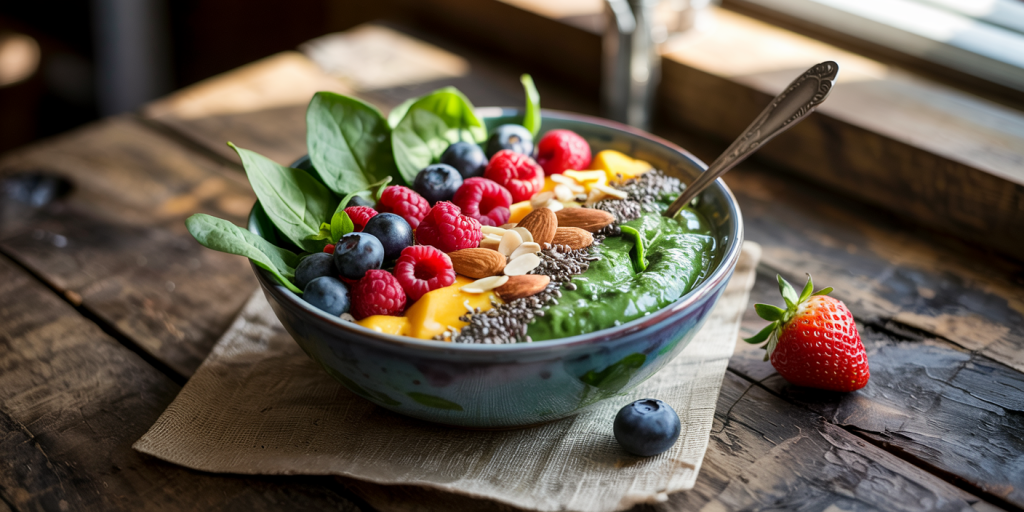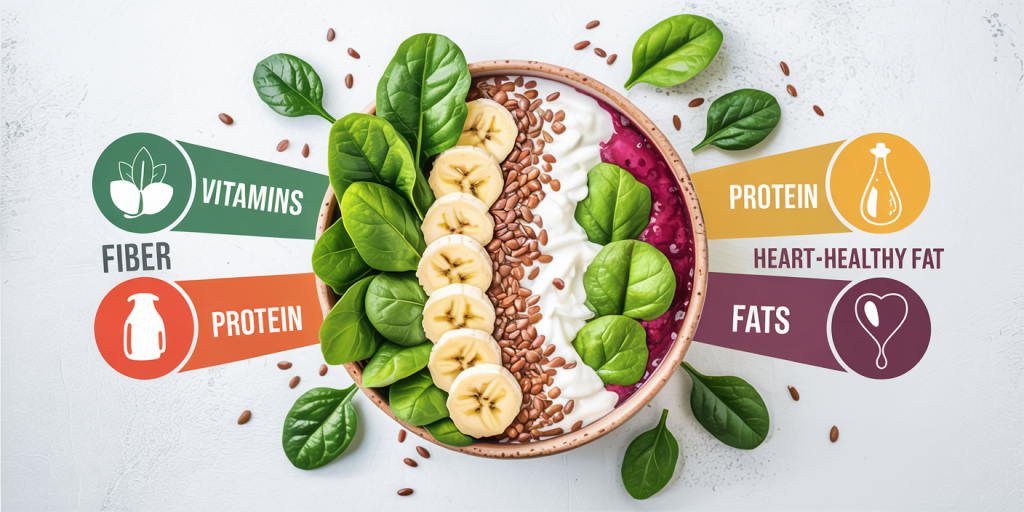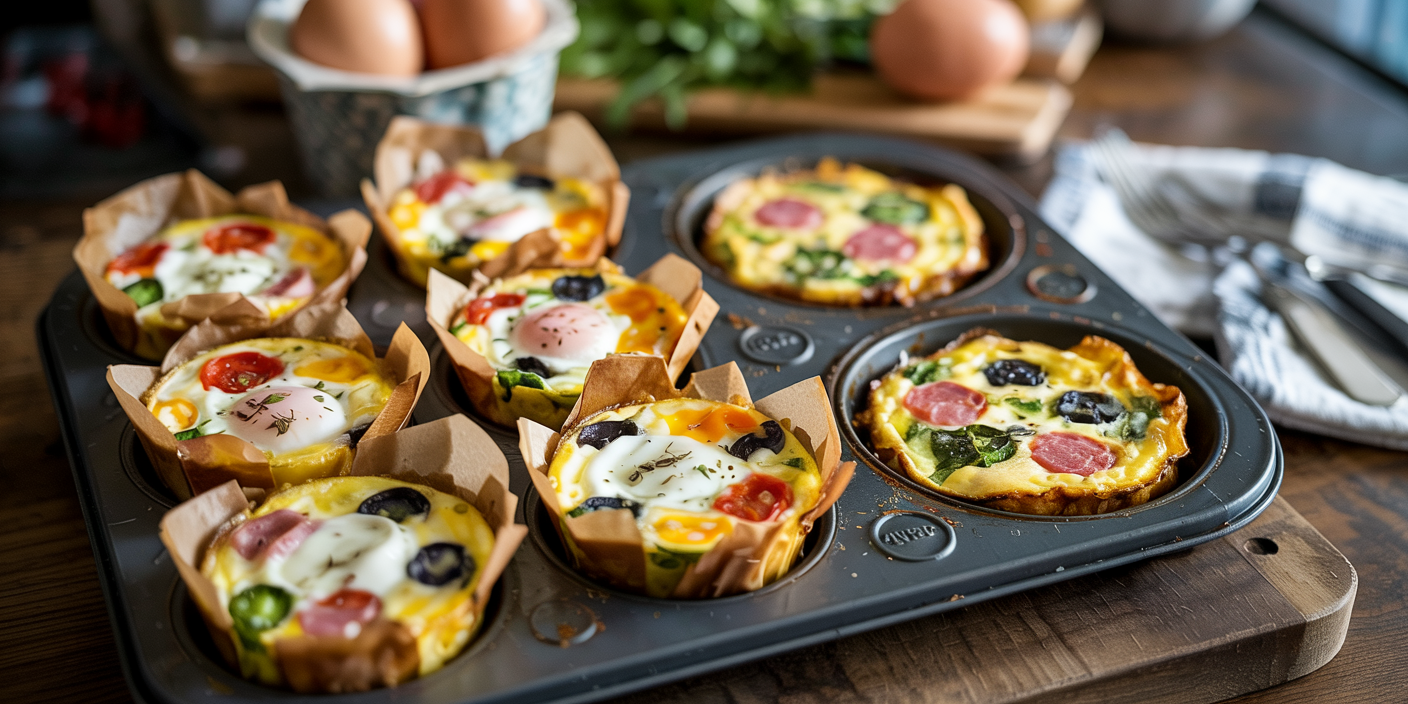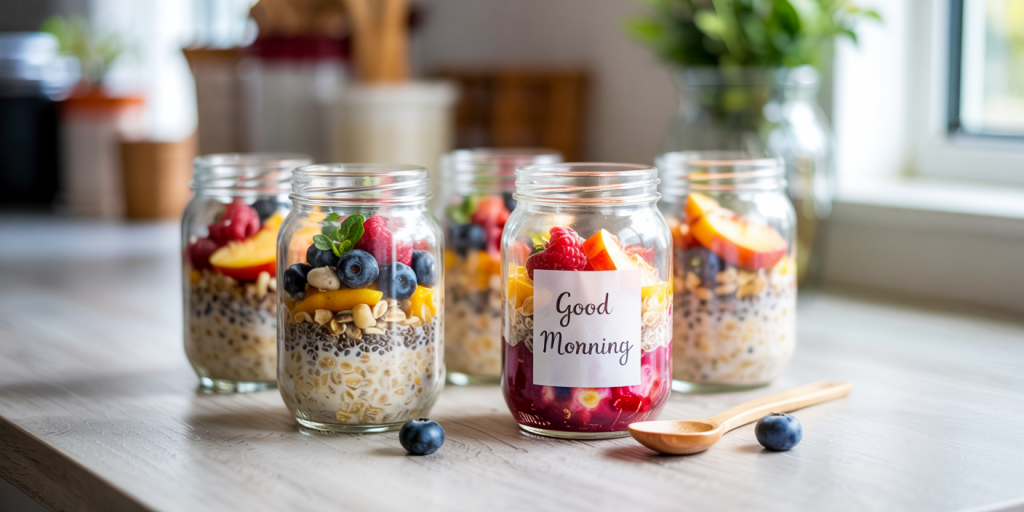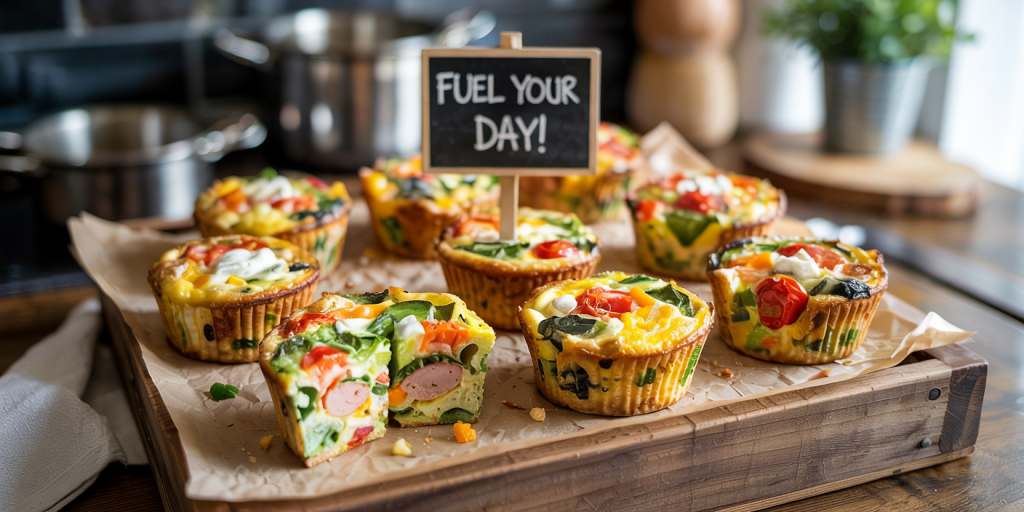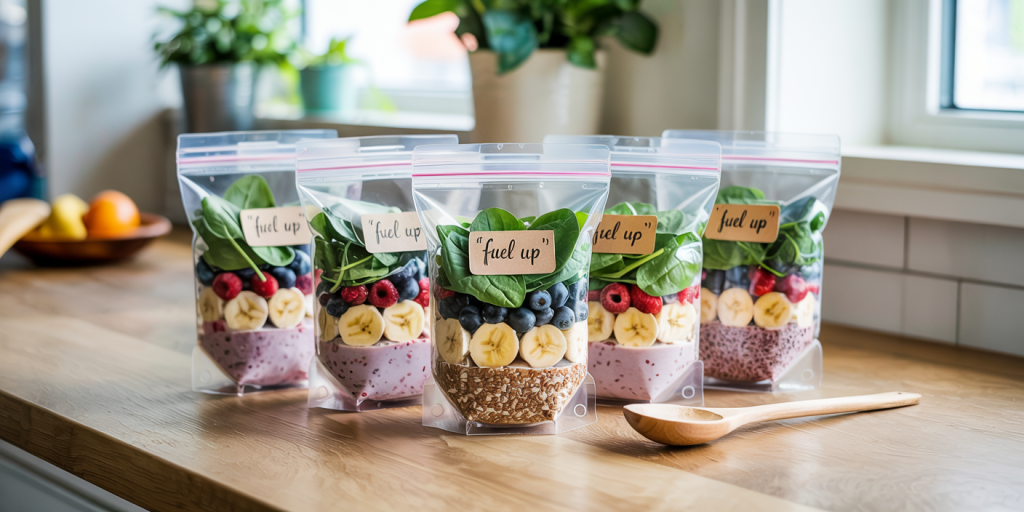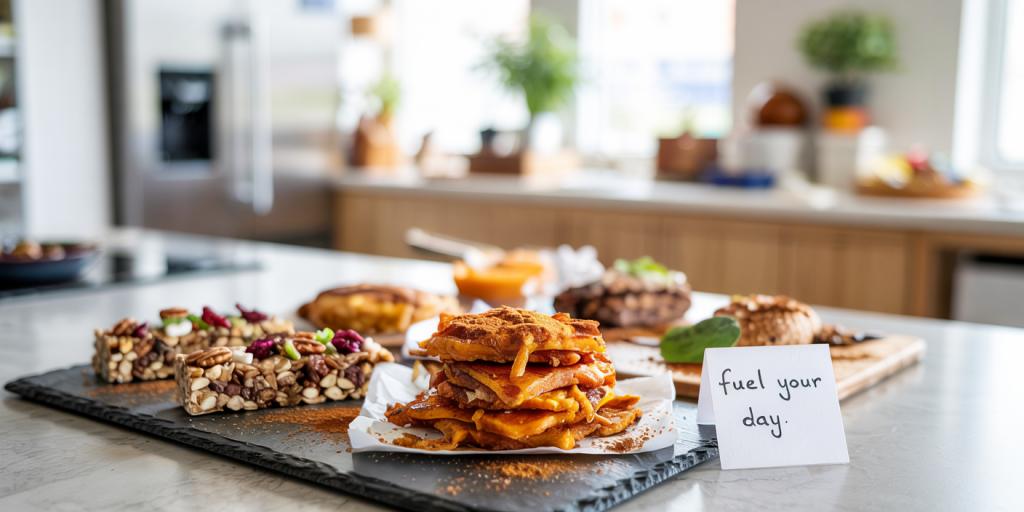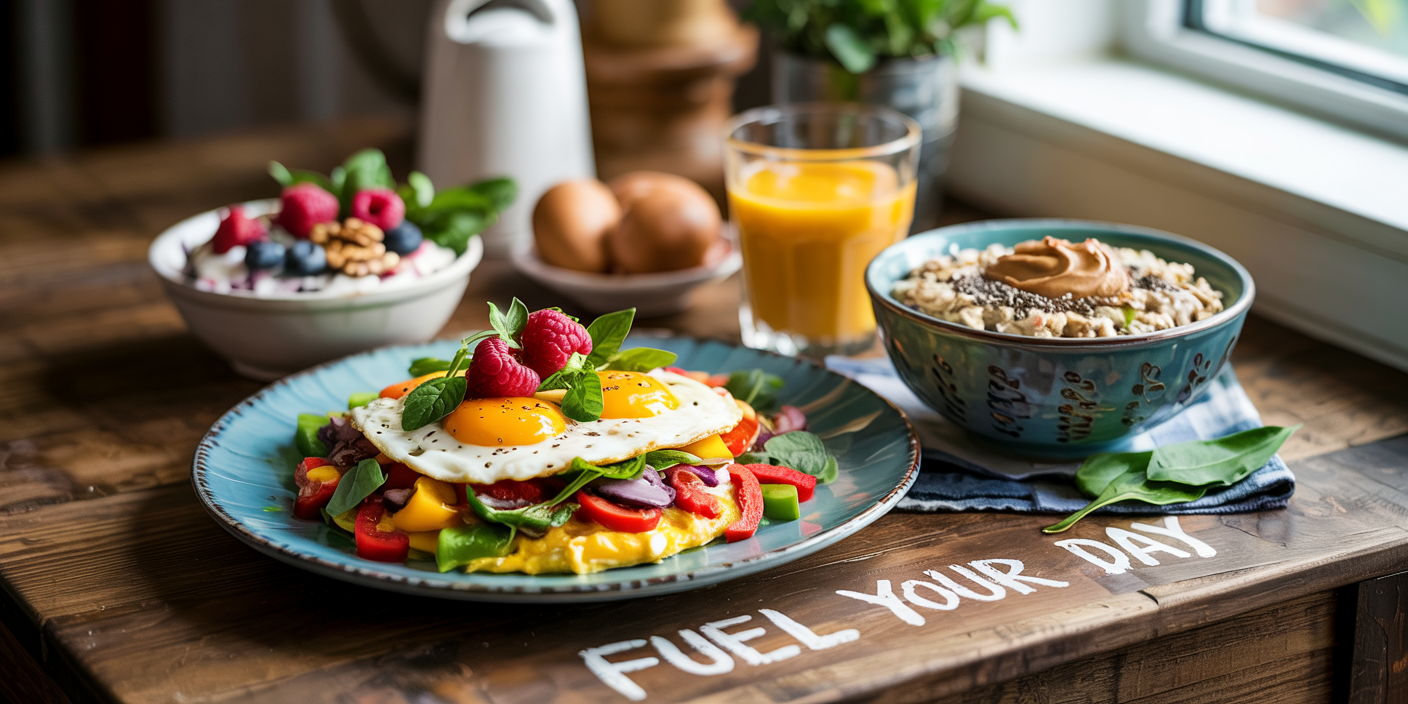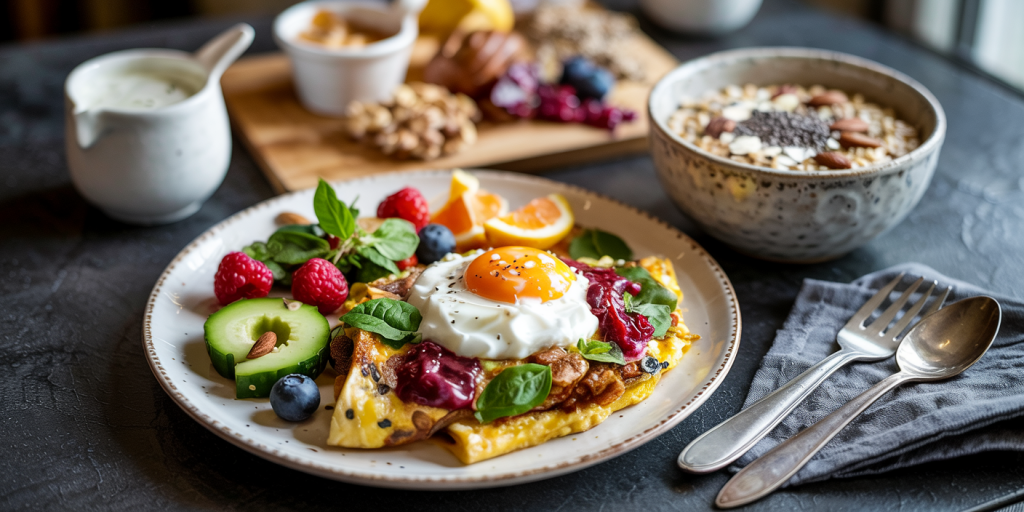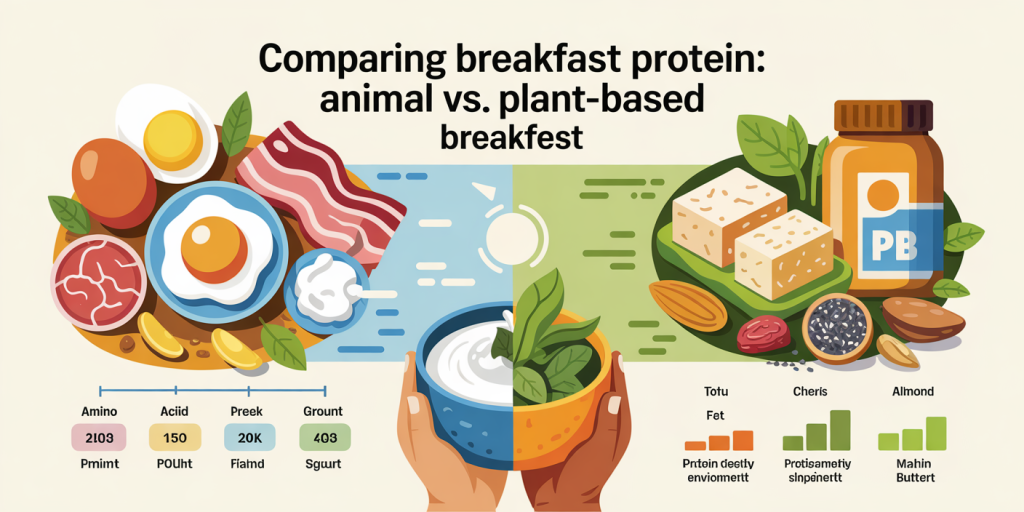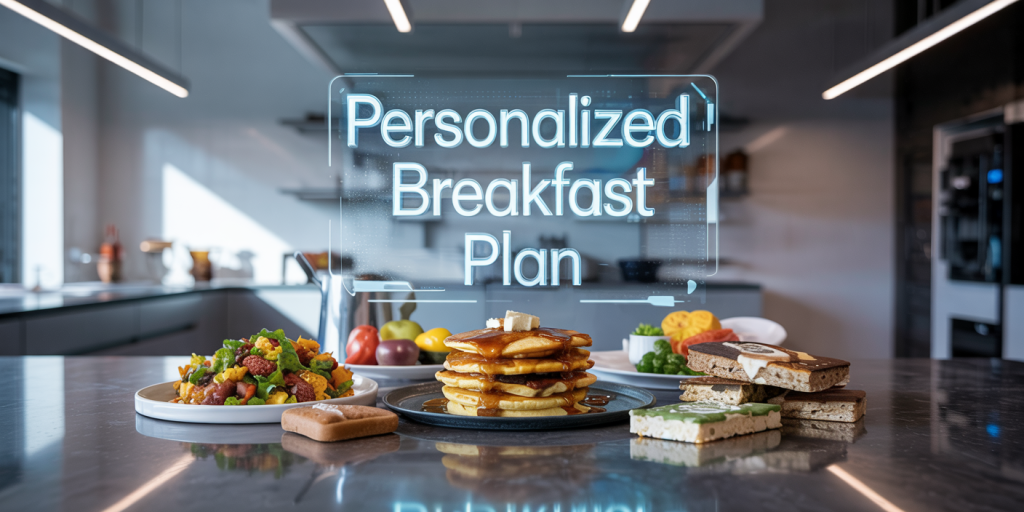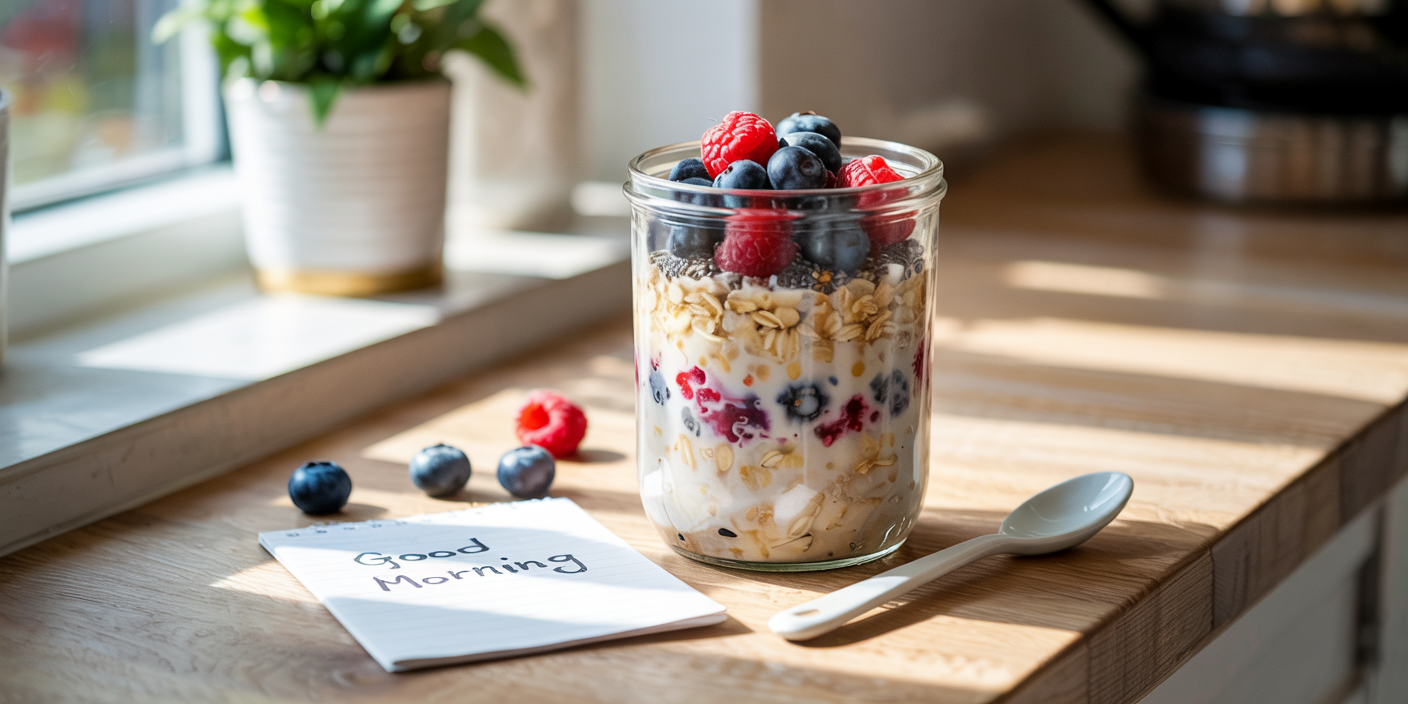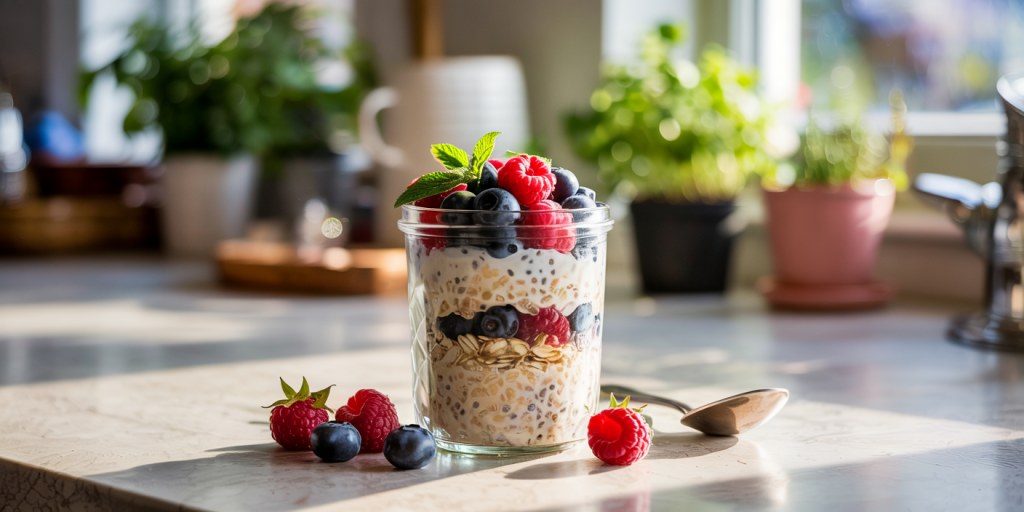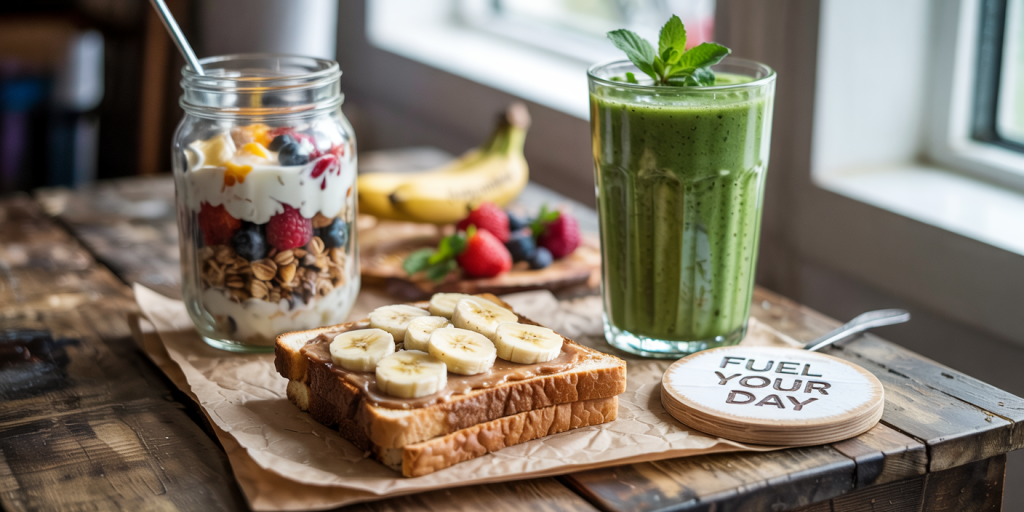In today’s fast-paced world, finding convenient, time-saving methods for cooking has become a household priority. One-pot meals have surged in popularity due to their efficiency, minimal cleanup, and nutritional balance. These recipes allow busy individuals and families to prepare hearty, flavorful dishes without spending hours in the kitchen or sacrificing taste and nutrition. According to a survey by the National Restaurant Association, 53% of consumers are increasingly drawn to simple, quick recipes that require fewer dishes and less time, highlighting the growing relevance of one-pot cooking.
One-pot meals include a broad range of recipes where all ingredients are cooked together in a single vessel—be it a pot, pan, slow cooker, or instant pot. This technique promotes flavors melding together while simplifying the cooking process. Whether you’re preparing a stew, pasta, rice-based dish, or even a soup, one-pot cooking offers an accessible and satisfying way to nourish yourself and your family with minimal fuss. This article explores the benefits, practical examples, nutritional considerations, equipment, and future trends in one-pot meals designed to save time in the kitchen.


Benefits of One-Pot Meals: Efficiency and Flavor Combined
One-pot meals are an excellent solution to the common culinary challenge of balancing busy schedules with the desire for home-cooked meals. Time savings are intrinsic to this approach because cooking everything together reduces active cooking and preparation time. For instance, a classic one-pot chicken and rice dish takes approximately 30-45 minutes from start to finish, significantly less than cooking each ingredient separately. Moreover, one-pot meals reduce the amount of cookware used, streamlining post-meal cleanup—a task often cited as a barrier to cooking at home.
Beyond time efficiency, one-pot meals often enhance flavor complexity. When ingredients simmer together, their flavors meld, producing a depth that can be difficult to replicate when components are cooked individually and assembled later. A practical example is the traditional Moroccan tagine, where spices, vegetables, meats, and broths slowly cook in a single pot, infusing every bite with rich, layered flavors. Nutritionally, one-pot meals can be balanced easily by including proteins, carbohydrates, and vegetables, making it simpler to meet dietary needs without multiple dishes.
Popular One-Pot Meal Types and Practical Examples
One-pot meals come in versatile styles, each accommodating different preferences and dietary requirements. Some popular types include stews, casseroles, pasta dishes, rice bowls, and soups. For busy professionals or parents, these categories offer quick solutions that can be adapted according to available ingredients.
Stews such as beef bourguignon or vegetable chili represent classic hearty meals. By simmering meat and vegetables together, the flavors become tender and well-rounded. Meanwhile, one-pot pasta dishes like a creamy one-pot Alfredo or a one-pot spaghetti Bolognese combine all ingredients—pasta, protein, sauce, and vegetables—in a single pot, cooking simultaneously, which reduces cook time by up to 20% compared to traditional layered cooking.
Rice bowl recipes such as jambalaya or paella accommodate diverse palates and often require only a single pot. These meals combine rice, protein, and vegetables with spices, delivering rich and balanced dishes. Soup-based one-pot meals, including lentil soup or chicken and vegetable soup, are nutritious, hydrating, and easy to prepare, often providing leftovers suitable for meal prep. According to a 2021 culinary report by Tastewise, one-pot pasta dishes have seen a 26% increase in online recipe searches, indicating growing consumer interest.
| One-Pot Meal Type | Typical Cooking Time | Key Ingredients | Benefits |
|---|---|---|---|
| Stews | 45-90 minutes | Meat, vegetables, broth, spices | Rich flavor, filling, nutritious |
| Pasta Dishes | 20-30 minutes | Pasta, sauce, protein, veggies | Quick, minimal cleanup |
| Rice Bowls | 30-50 minutes | Rice, protein, vegetables, spices | Balanced meal, versatile |
| Soups | 30-60 minutes | Broth, vegetables, legumes, meat | Nutritious, hydrating |
Nutritional Benefits and Dietary Considerations
One-pot meals not only save time but also offer excellent opportunities for balanced and wholesome nutrition. Combining multiple food groups in one pot means you can efficiently manage macronutrient distribution—protein, carbohydrates, and fats—alongside micronutrients like vitamins and minerals from vegetables and spices. For example, a one-pot lentil and vegetable stew contains protein-rich lentils, fiber from various vegetables, and healthy fats if cooked with olive oil or avocado oil, ensuring a nutrient-dense meal.
Dietary considerations such as gluten-free, vegetarian, vegan, keto, or low-carb can all be accommodated within the one-pot framework. For instance, a keto-friendly one-pot chicken and cauliflower rice dish replaces traditional rice with grated cauliflower to reduce carbohydrate intake while maintaining volume and texture. Similarly, vegan one-pot meals, like a chickpea and vegetable curry, provide protein from legumes combined with fiber and antioxidants from vegetables and spices, supporting plant-based diets.
The simplicity of using a single pot helps control portion sizes and ingredient quality, reducing reliance on processed or high-sodium pre-packaged foods often present in multi-component meals. Data from the CDC indicates that home-cooked meals are generally healthier, with 25% less fat and 13% less sugar compared to ready-made counterparts. Embracing one-pot meals can support these healthier cooking habits with less effort and time.
Essential Tools and Equipment to Optimize One-Pot Cooking
To maximize the convenience of one-pot meals, having the right equipment is crucial. While the concept revolves around cooking everything in a single vessel, the type of pot or appliance used can impact both the cooking process and final results. Heavy-bottomed, non-stick pots or Dutch ovens are popular choices, as they distribute heat evenly and prevent ingredients from sticking or burning during long cooking times.
Slow cookers and electric pressure cookers (like the Instant Pot) have revolutionized one-pot cooking by offering preset modes that automate temperature and timing. For instance, slow cooker beef stew requires minimal prep and cooks unattended for 6-8 hours, making it ideal for busy schedules. Pressure cookers drastically reduce cook times: a recipe that takes 90 minutes on the stove may be ready in under 30 minutes in a pressure cooker. According to a 2022 kitchen appliance market analysis, sales of multi-functional electric cookers rose by 15% year-over-year, confirming growing consumer preference for such tools.
Cast iron skillets or enameled cast iron pots offer durability and excellent heat retention for searing proteins before adding vegetables and liquids, enhancing flavor development in one-pot recipes. For quick pasta dishes, a wide, deep skillet or sauté pan is ideal to allow thorough stirring and typing in of liquids without spills. Investing in versatile pots ensures not only better cooking outcomes but also a smoother, less stressful cooking experience.
| Equipment Type | Advantages | Typical Use Cases | Average Price Range |
|---|---|---|---|
| Dutch Oven | Heavy heat retention, multi-use | Stews, braises, soups | $50 – $150 |
| Slow Cooker | Set and forget, programmable timer | Stews, casseroles, soups | $30 – $100 |
| Electric Pressure Cooker | Fast cooking, multitasking | Risottos, stews, one-pot pastas | $80 – $150 |
| Cast Iron Skillet | Durable, excellent searing | One-pot sautés, quick meals | $40 – $100 |
Time-Saving Cooking Strategies and Meal Prep Tips

Efficient one-pot meals are not only about the pot used but also about preparation and cooking methods. Meal prepping ingredients in advance—for example, washing and cutting vegetables or pre-cooking proteins—can reduce the active cooking time further when it’s time to prepare the meal. Batch cooking larger portions of one-pot meals during weekends and storing leftovers for the week helps save time on busy weekdays.
Utilizing shortcuts such as pre-minced garlic, frozen vegetables, or canned beans can accelerate cooking without compromising nutritional value or flavor. For instance, one-pot chili made with canned beans and frozen corn can be ready in roughly 30 minutes, making it an easy go-to meal. Additionally, learning to layer ingredients properly—adding denser or longer-cooking items first, followed by quick-cooking ingredients later—ensures optimal texture and taste.
Meal kits and online recipe platforms increasingly feature tailored one-pot meal plans designed for time management. For example, HelloFresh and Blue Apron offer one-pot meal options that can be prepared in 30 minutes or less, meeting consumer demand for convenience without sacrificing freshness or flavor. These resources provide proven recipes for diverse diets and skill levels, encouraging participation in home cooking.
Future Perspectives: Innovations and Trends Shaping One-Pot Meals
Looking ahead, one-pot meals continue to evolve as consumer habits, technology, and nutritional science intersect. Smart kitchen appliances integrated with IoT (Internet of Things) technology are making personalized one-pot cooking easier with features such as automated ingredient recognition, app-controlled temperature adjustments, and voice-activated commands. This technological shift could further simplify cooking, reduce errors, and encourage more people to adopt one-pot cooking in their daily routines.
The expanding interest in plant-based diets is expected to influence one-pot recipes, with more nutrient-focused vegan and vegetarian one-pot meals developed to cater to diverse nutritional needs and environmental concerns. Innovative food products—like plant-based meat alternatives—are being incorporated into one-pot dishes, widening options and improving accessibility for different taste preferences.
Additionally, sustainable practices related to energy-efficient appliances and zero-waste cooking are shaping the future of one-pot meals. Recipes emphasizing whole ingredients, leftover utilization, and minimal energy consumption align with global efforts to reduce environmental footprints. For busy individuals, these trends promise not only streamlined meal solutions but also opportunities to contribute to broader sustainability goals.
In summary, one-pot meals exemplify a powerful culinary strategy that balances convenience, nutrition, flavor, and sustainability. As innovations and lifestyle shifts continue to shape cooking habits, the appeal and practicality of one-pot cooking will only expand, offering lasting solutions for modern kitchens.
